Behringer 2-XM is a replica/clone of the legendary Oberheim Two-Voice analog poly Synthesizer with a 32-point patch bay for Eurorack.
The replica of the Oberheim 2-Voice analog synthesizer was already finished last year. But then hit the chip shortage the schedule and everything was delayed.
More than a year later, Behringer has today announced that the 2-XM for Eurorack is now ready for production. But again in an unusual way
Behringer FB Post
Everyone has left and I’m still here as the guys have locked the office. So I walked over to the testing center and found this beauty on a desk with a note “ready for p”. Does anyone have a clue what that means?
Article March 3th, 2022
Last year in October I reported on a PCB photo of a new Behringer Synthesizer. It wasn’t official then, but there were many points in favor of an Oberheim Two-Voice replica in Eurorack. This is now confirmed.
Behringer announced the 2-XM today, a clone/replica of the Oberheim Two-Voice analog Synthesizer in Eurorack format.
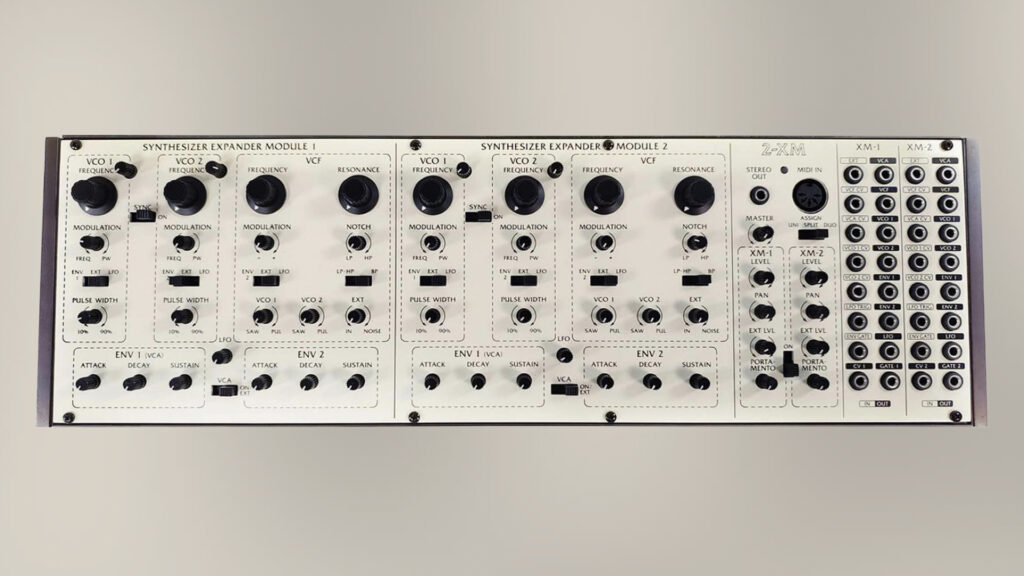
Behringer 2-XM
According to the Behringer FB post is the 2-XM an authentic reproduction of the SEM 2-Voice circuitry from the ‘70s. One speaks here of an analogue polyphonic Synthesizer because one has two equally equipped SEM voices. They give you a pure analog signal path with in total 4 VCOs, 2 multi-mode VCFs, 2 LFOs, 4 envelopes, and more. There are different play modes available: poly with two voices, a split mode with one voice on each side or with 4 oscillators in unison mode.
The 2-XM is based on two Oberheim SEM module replicas that have all the features known from the original. Each voice has two oscillators with sawtooth or variable pulse waveforms and a sync option for sharp lead sounds and complex effects. Plus, it hosts a noise generator. Then, you have a recreation of the legendary Oberheim SEM filter with morphable lowpass, high-pass, band-pass and notch modes.
Modulation side, you get two ADS envelopes (VCA/VCF) and an LFO for adding life and movement to your sound. Always keep in mind, you get all this twice as you have two identical SEM module replicas.

Patch It
With its 2-XM, Behringer takes the semi-modular route and makes it fully Eurorack compatible. So next to the 2-channel mixer with level and pan controls for stereo sounds, you get a patch matrix with 16 inputs and 16 outputs. This gives you a maximum flexibility and allows you to integrate the SEM sound in you Eurorack synth.
There are also two external inputs for processing external sound sources. It also comes with a portamento function that is applicable to both voices making pitch gliding effects possible.
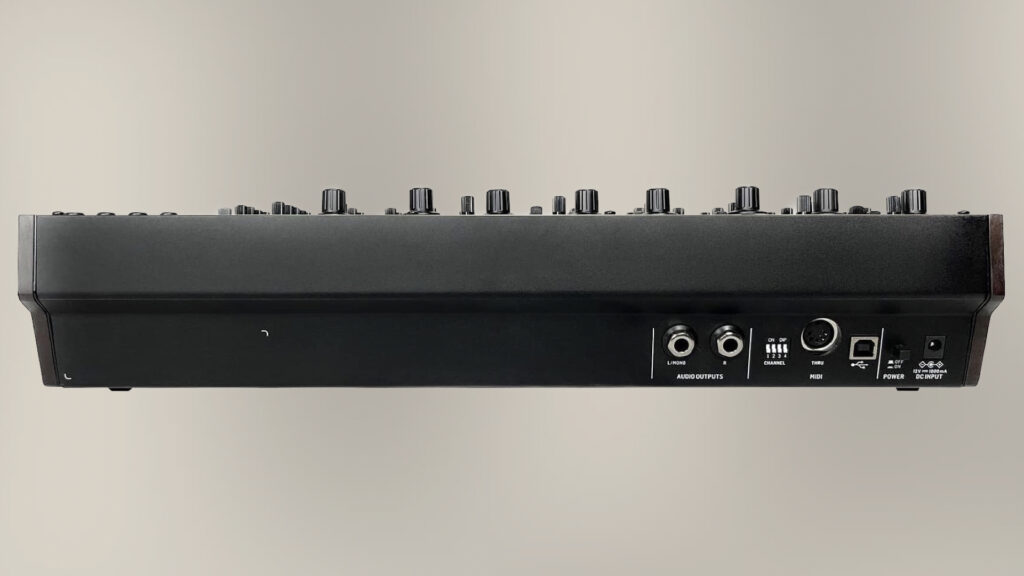
Backside
The backside is different from the other Eurorack synths. Here you can find a stereo output on two 6.3mm sockets giving you a true stereo signal. Further, it has a MIDI thru socket with a MIDI matrix, a USB port, and a power supply input with a on/off switch. Behringer says it comes with a MIDI and USB implementation with MIDI channel and Voice Priority selection. The MIDI input port is on the front panel as usual.
If you want more voices, no problem. You can poly chain up to 16 devices giving you up to 32 voice of polyphony. If you take the targeted price into account, you would have to pay $4784 for 16 units , so not that cheap anymore.
Availability
They say the product is fully developed and once they will receive the semiconductor chips, the will start the production and sent it asap to the retailers. Very interesting at first sight. One of the clones/replicas I’ve been waiting for. I can’t afford an original one, so there’s a good chance I’ll put one in the studio. And thanks to the modular factor, it is much more versatile than just a simple keyboard version.
Behringer 2-XM will be available soon for a suggested price of $299 USD.
More information will follow here: Behringer

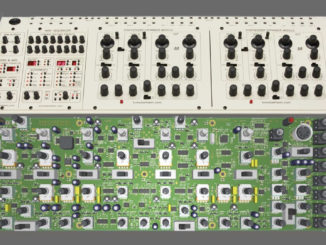
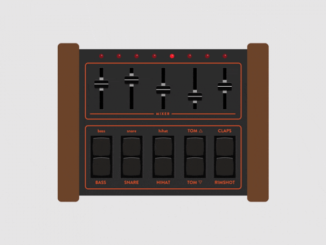
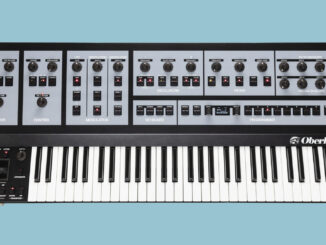
“4784 for 16 units. So not that cheap anymore”
Still a loooot cheaper than the original.
Behringer is a weird company. Not that long ago it would do these weird kinda elaborate personal attack campaigns well into semitism terrain, then it would 180 into gifting synths, Uli giving back the Oberheim trademark back to Tom. Now they are releasing (or re-releasing or cloning) old synths but unlike other brands that do teasers and put countdowns, Behringer is just like: “Here, synth”.
Many people do not use Behringer for 1) perceived cheapness and 2) perceived assholiness but with the Proton and 303 Mod #1 is starting to change and the gifting MS101s, retracting Kirn clusterlcuck and the Oberheim name thing they are solving #2.
In 5 years or so, Behringer should have a documentary and I would definitely watch it.
it will sound same as all the behringer synths, they just all sound the same.
K2 is certainly different
I have many classic synths(ARP 2600, Minimoog D, Arp string ensemble, Nord lead II, JP8000, Prophecy, D50, JD990 etc.) And while most synths have some overlap a triangle, sawtooth pulse is just that and I also have a BUNCH of the Behringer Eurorack and modules and they all sound different, my System 55 and system 100m, 2500, 2600(I have two of their gray meanies along with my real ARP 2600), their K2(MS20), Pro1, toro, wasp deluxe, TD3(303,RD8/9(808/909 respectively) etc ALL sound different, so, either you are simply saying this to knock them (which, I can understand, they’ve had some shitty business practices, and their old “pro” audio gear sucked, the old “vintager” series was the worst purchases of my life, the tubes had lamps behind them to make them glow because it they weren’t driven hot enough to actually glow! But, that said, their synths are useful and actually hold their own against the originals, I would say the biggest differences I’ve heard, their 2600 is brighter than the ARP, the string ensemble bass voices “rip” more, and the their Pro1 doesn’t feel as “tight” and alive as the original, and the K2’s VCF’S are missing this tiny something the MS20 does when you overdrive them and push the self oscillation. If you really can’t hear a difference between them, you might want to get your ears checked mate. I put my behringer hate to bed when I took the chance and started buying their synths and was shocked to find a quality synth.
That form-factor looks really nice for the 2-voice.
wow lots of typical unproductive fanboyism against behringer. I’m not even a big consumer of their products but it’s become so silly. can we move on as an industry and let them do their thing?